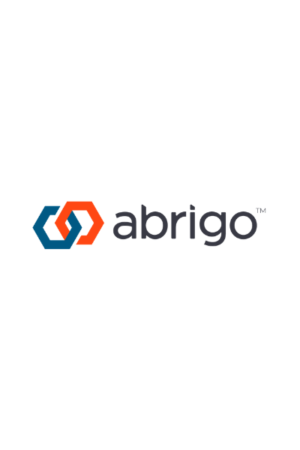According to FDIC data, in 2016, commercial banks reported 23 million total small business loans, an increase of 4 million from 2010, with an aggregate loan balance unchanged of just over $627 billion. However, large banks funded 87% of total small business loans and 68% of the aggregate loan balance. These figures illustrate larger banks' hold on the small business lending arena.
Fast forward to 2020. Statistics show a very different scenario, driven by PPP funding and pandemic-related digital transformations in the lending process. The Federal Reserve's Small Business Credit Survey, 2021 Report on Employer Firms, indicates only 42% of small business owners applied for a business loan at a large bank in 2020, while 43% applied for a loan at a small bank. These numbers show a dramatic shift in where small business owners seek funding. The data also shows the emergence and success of online lenders, accounting for 20% of business loan applications.
A few inferences can be made from this data that may affect—for better or for worse—the financial institutions that fall outside the large bank category.
- Covid-19 and the Paycheck Protection Program have made a significant impact on the SMB landscape and altered expectations regarding the lending process
- Smaller financial institutions have adapted faster than their counterparts to the changing needs and expectations of small business owners
- Online lenders have made significant strides in offering an alternative resource for small business loans





